Decoding the Meaning of LED Light Colors: Your Ultimate Guide
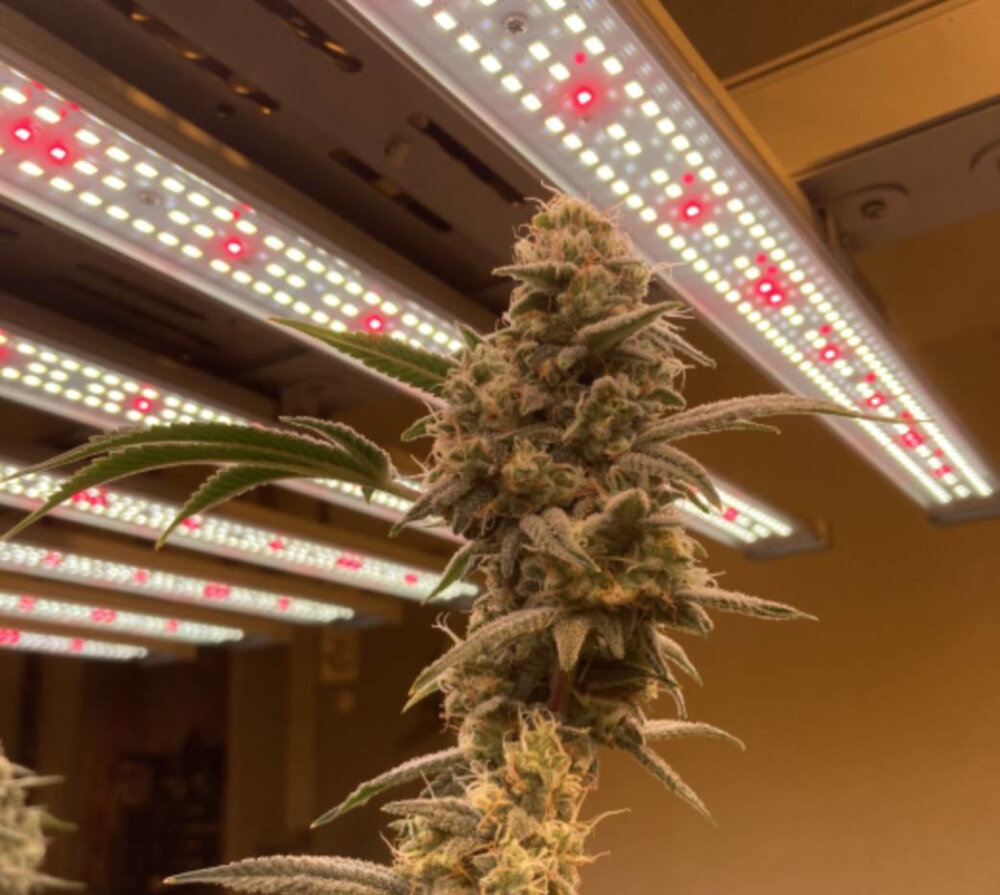
As technology advances, we can see that LED lights have become an indispensable part of our daily lives. They are used for various purposes, from illuminating homes, offices, and public spaces to signaling in traffic lights, cars, and gadgets. One of the most fascinating aspects of these lights is their ability to emit different colors, which can convey different meanings. However, many people are unaware of the significance of these colors and what they signify. In this guide, we will decode the meaning of LED light colors and provide you with an ultimate understanding of their applications. LED light colors have become increasingly popular due to their energy efficiency, durability, and versatility. They are available in a wide range of colors, each with its unique properties and applications. From the soothing blue light used in therapy to the red light used in horticulture, the possibilities are endless. Understanding the meaning of these colors can help you choose the right LED light for your needs and makes you more aware of their impact on our environment and health. Whether you are a lighting designer, an engineer, or a curious individual, this guide will provide you with a comprehensive overview of LED light colors and their significance. Let’s dive into the fascinating world of LED lights and discover the secrets behind their colors.
LED lights, or Light Emitting Diodes, are a type of lighting technology that produces light when an electrical current is passed through a semiconductor material. Unlike traditional incandescent bulbs, which emit light by heating a filament, LED lights operate on a much lower voltage, making them more energy-efficient and longer-lasting. LED lights are available in a wide range of colors, from warm whites to cool blues, and can be used in a variety of applications, including home and commercial lighting, automotive lighting, and decorative lighting. Understanding the meaning of LED light colors is crucial for selecting the right lighting for your needs, as different colors can have different effects on mood, productivity, and visual acuity.
LED lights have revolutionized daily life in numerous ways. They consume less energy and have a longer lifespan than traditional incandescent bulbs, making them an eco-friendly choice for households and businesses alike. Additionally, LED lights come in a variety of colors and can be used to create different moods and atmospheres. From warm, cozy lighting for a relaxing evening at home to bright, energizing light for a productive workday, LED lights can be tailored to fit any setting. Furthermore, the ability to control LED lights through smart devices has made it easier than ever to customize lighting to specific preferences and needs. Overall, the versatility and energy efficiency of LED lights make them a valuable addition to any daily routine.
Understanding the Science Behind LED Light Colors
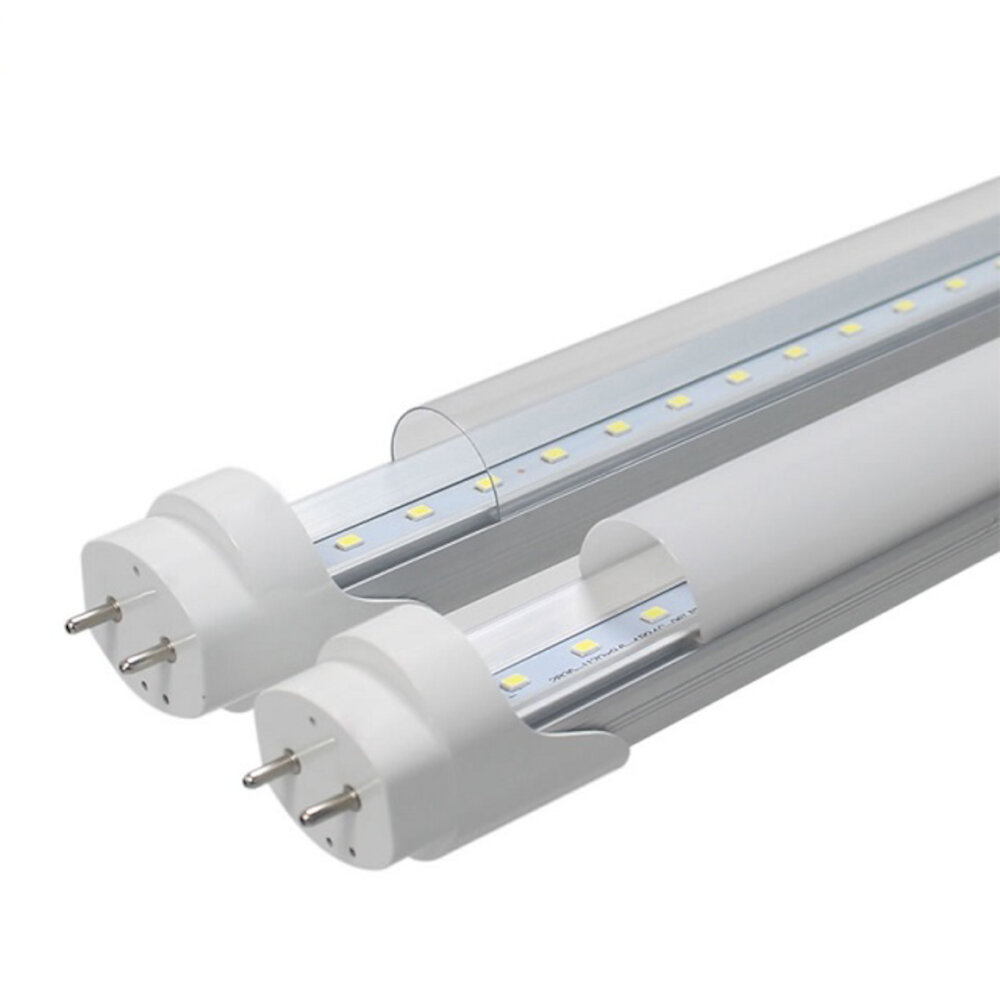
In recent years, LED lights have become increasingly popular due to their energy efficiency and long-lasting lifespan. However, understanding the science behind LED light colors can be a bit confusing. LED light colors are determined by the wavelength of the light, which is measured in nanometers (nm). The shorter the wavelength, the higher the energy of the light, and the cooler the color. On the other hand, longer wavelengths have lower energy and produce warmer colors. For example, blue light has a shorter wavelength and higher energy than red light, which has a longer wavelength and lower energy. The color of LED lights can have a significant impact on our mood and productivity. For instance, blue light has been shown to increase alertness and improve focus, making it an excellent choice for offices and workspaces. In contrast, warmer colors like orange and yellow are more relaxing and calming, making them ideal for bedrooms and living spaces. Additionally, LED lights can be used therapeutically, with red light being used to promote healing and improve circulation, and blue light being used to treat acne and other skin conditions. Understanding the science behind LED light colors can help you choose the right lighting for your needs and create the perfect ambiance in your home or workspace.
LED lights work by utilizing a process called electroluminescence, which involves the conversion of electrical energy directly into light. This is done by passing a current through a semiconductor material, usually made of gallium arsenide, gallium phosphide or gallium nitride. As the current flows through the semiconductor, it causes electrons to move across the material, releasing energy in the form of photons. The color of the light emitted by an LED depends on the type of semiconductor material used and the amount of current passing through it. By controlling the materials and the current, LED manufacturers can produce a wide range of colors, from cool blues and greens to warm yellows and reds. LEDs are highly efficient, using up to 90% less energy than traditional incandescent bulbs, and they last much longer too, with lifespans of up to 50,000 hours or more.
The role of color in LED lights is paramount, as it can impact a variety of factors, including mood, productivity, and even safety. Different colors of LED lights have different meanings and uses. For example, blue LED lights are often used to promote a calm and tranquil atmosphere, while red LED lights can stimulate energy and excitement. Green LED lights are known for their calming and relaxing effects, making them ideal for use in medical settings and therapy rooms. Additionally, the color of LED lights can impact visibility and safety, making it important to choose the appropriate color for each situation. Overall, understanding the role of color in LED lights can help improve the ambiance of any setting while also promoting safety and productivity.
Different LED Light Colors and Their Meanings
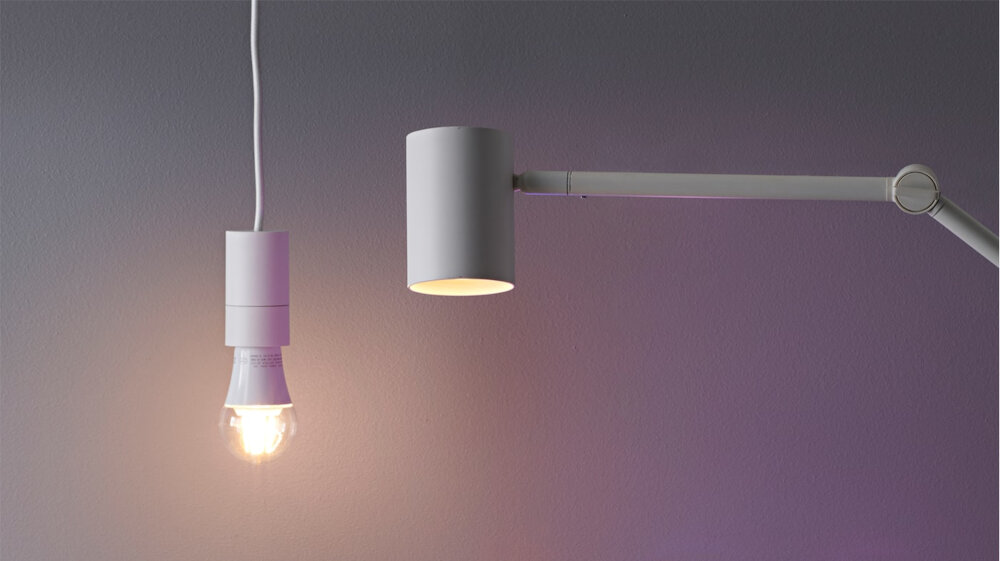
LED lights have become increasingly popular in recent years due to their energy efficiency, long lifespan, and versatility. One of the most interesting features of LED lights is their ability to emit different colors, each with its own unique meaning and purpose. Red, for example, is often associated with passion, excitement, and danger, while blue is seen as calming, peaceful, and cool. Green is associated with nature, growth, and balance, while yellow is often used to signify joy, happiness, and warmth. Understanding the meanings behind different LED light colors can be incredibly useful in a variety of settings. For example, in the hospitality industry, different colored lights can be used to create different moods and atmospheres in hotels and restaurants. Blue lights might be used in a spa or relaxation area to create a calming and peaceful environment, while red lights could be used in a bar or nightclub to create a more energetic and exciting atmosphere. Similarly, in the healthcare industry, green lights might be used in waiting rooms or patient rooms to create a sense of calm and relaxation, while yellow lights could be used in areas where patients and staff need to feel energized and alert. By understanding the meanings behind different LED light colors, businesses and organizations can create environments that are not only visually appealing but also conducive to their specific goals and objectives.
Red LED lights are commonly associated with danger, warning, and emergency situations. The color red is known to grab attention and evoke a sense of urgency, making it a popular choice in traffic signals, emergency vehicles, and fire alarms. In addition, red LED lights are commonly used in television studios as indicators, with the red light indicating that the camera is live and recording. On the other hand, in some cultures or traditions, red is associated with love, passion, and celebration. Therefore, the meaning of red LED lights can vary depending on the context and cultural background, but generally, it is a color that signals caution or alertness.
Blue LED lights have multiple meanings depending on the context. In general, blue LED lights are associated with calmness, serenity, and stability. They are commonly used in medical facilities and laboratories as they have a calming effect on patients and staff. In the world of electronics, blue LEDs often indicate that a device is on or in use. In outdoor lighting, blue LEDs are used to create a cool and calming atmosphere, perfect for nighttime relaxation. However, in law enforcement and emergency services, blue LED lights are used to signal a warning or to indicate that help is on the way. Overall, the meaning of blue LED lights is highly versatile and context-dependent.
Green LED lights represent positivity, growth, and balance. They are often associated with nature, health, and the environment. Green light can also symbolize safety, indicating that a system or device is operating correctly. In traffic signals, green means go, and in emergency situations, a green beacon may signal the location of a safe zone. Additionally, green LED lights are used in indoor gardening systems to promote plant growth. In terms of mood and emotions, green light is believed to have a calming effect and can help reduce anxiety and stress. Overall, green LED lights have a wide range of meanings and applications, from signaling safety to promoting health and well-being.
Yellow LED lights can have different meanings depending on the context. Generally, yellow lights are associated with caution, warning, and attention. In traffic lights, yellow lights indicate that the signal is about to change from green to red, warning drivers to slow down and prepare to stop. In electronic devices, yellow lights indicate a problem or a malfunction, requiring attention or troubleshooting. In some cases, yellow lights can also represent positivity and happiness, as in the case of warm, golden yellow lights used in decorative lighting. Therefore, understanding the context and the specific shade of yellow is crucial for interpreting the meaning of yellow LED lights accurately.
White LED lights are one of the most commonly used colors in the modern world. They are often associated with purity, cleanliness, and simplicity. White light can be produced using a variety of different techniques and materials, but the most common method involves combining blue and yellow light. This creates a cool, refreshing effect that is perfect for use in a wide range of settings. White LED lights are commonly used in home and office environments, as well as in commercial and industrial applications. They are also used in healthcare settings, where their brightness and clarity are essential for medical procedures. Overall, white LED lights are versatile and adaptable, making them a popular choice for a variety of different lighting needs.
Practical Applications of LED Light Colors
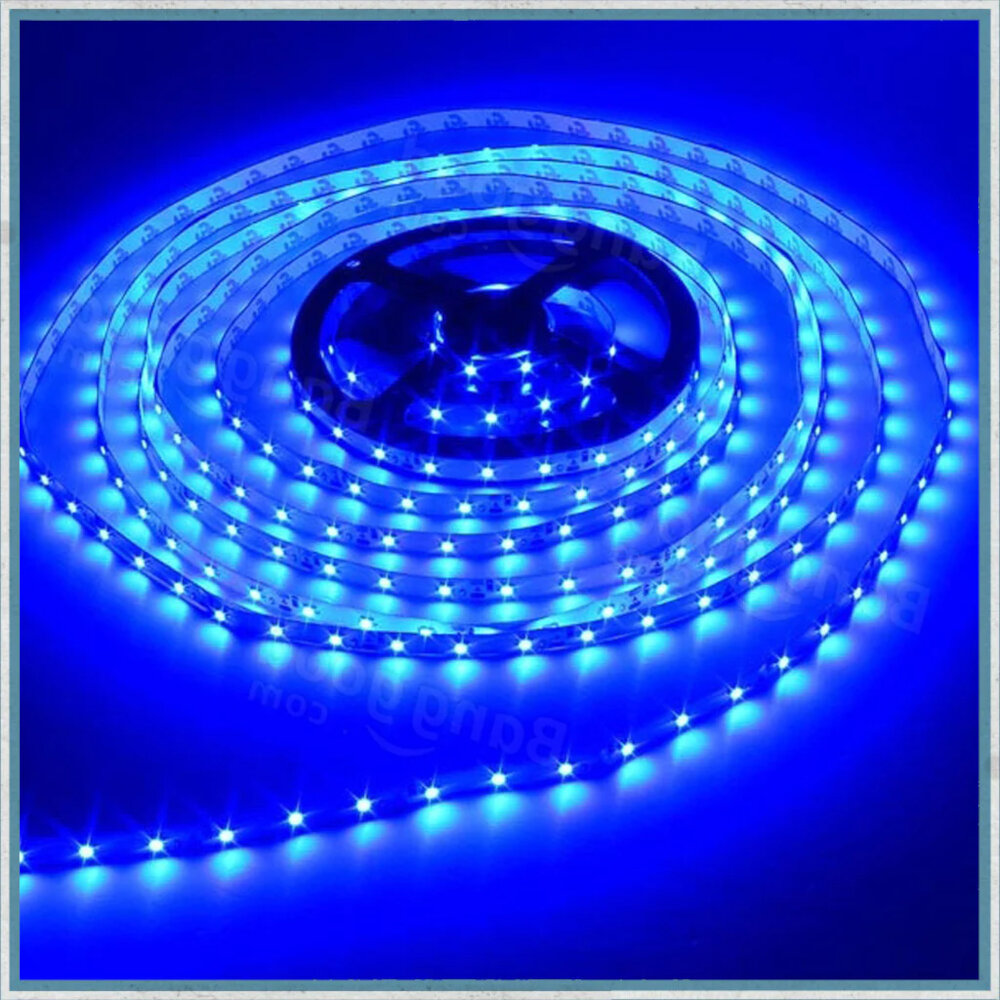
LED light colors have practical applications in various fields, including agriculture, horticulture, and medicine. In agriculture and horticulture, the use of LED light colors has revolutionized the way plants are grown. Different colors of LED lights can be used to promote photosynthesis, improve plant growth, and even change the color of the flowers. For example, red and blue LED lights are used to promote photosynthesis, while green LED lights are used to increase the yield of certain crops. LED lights can also be used to provide the right amount of light for plants, which can help to save energy and reduce costs. In medicine, LED light colors have been used to treat a range of conditions, including skin problems, pain, and depression. Blue LED lights have been found to be effective in treating acne, while red LED lights have been used to treat pain and inflammation. Green LED lights have been used to improve the mood of patients suffering from depression. LED lights are also used in light therapy, which is a non-invasive treatment that uses light to treat a range of conditions. Light therapy has been found to be effective in treating seasonal affective disorder, sleep disorders, and even some forms of cancer.
The use of LED lights in traffic signals is a major advancement in traffic management systems. LED lights are much brighter, energy-efficient and have a longer lifespan than traditional incandescent lights. LED traffic lights are available in various colors, including red, yellow, and green, which are used to signify specific actions to drivers and pedestrians. Red means stop, yellow means caution, and green means go. Using LED lights in traffic signals ensures that drivers can clearly see the lights, even in harsh weather conditions. These lights also offer significant cost savings in terms of energy consumption and maintenance, making them an ideal choice for cities and municipalities looking for an efficient and cost-effective way to manage traffic flow.
The use of LED lights in emergency vehicles has revolutionized the way we perceive and respond to emergency situations. LED lights offer a variety of benefits over traditional lighting systems, including increased visibility, energy efficiency, and durability. The colors of LED lights used in emergency vehicles convey critical information to other drivers and emergency responders, helping to minimize the risk of accidents and improve the overall safety of emergency personnel and the general public. The use of LED lights in emergency vehicles has become an essential tool for responders, allowing them to navigate through traffic and reach their destination quickly and safely.
The aviation industry has greatly benefited from the use of LED lights in various aircraft applications. LED lights are energy-efficient and durable, making them perfect for use in aircraft lighting systems. These lights are commonly used in aircraft navigation and landing lights, as well as interior lighting. The red and green lights on the wings of an aircraft, for example, are used to indicate the direction of the aircraft to other pilots in the air. The use of LED lights in aviation has also led to increased safety, as they are brighter and more visible than traditional lights, making it easier for pilots to see and avoid obstacles. Additionally, LED lights have a longer lifespan than traditional lights and require less maintenance, making them a cost-effective and practical solution for the aviation industry.
Choosing the Right LED Light Color

Choosing the right LED light color is essential for creating the perfect ambiance in any space. LED lights come in a variety of colors, each with a distinct meaning and purpose. Warm white lights, for example, create a cozy and inviting atmosphere, making them ideal for use in living rooms, bedrooms, and dining areas. Cool white lights, on the other hand, provide bright and crisp illumination, making them perfect for use in kitchens, bathrooms, and home offices. Daylight LED lights offer a natural and balanced light that mimics outdoor lighting, making them great for use in any room. LED light colors can also affect your mood and productivity. Blue and green LED lights are known to have a calming effect, making them perfect for use in bedrooms and bathrooms. Red and orange LED lights, on the other hand, can create a warm and energizing feeling, making them ideal for use in exercise rooms and home offices. It is important to choose the right LED light color for each room in your home to create the right atmosphere and promote productivity and relaxation. With so many options available, it can be overwhelming to choose the right LED light color, but taking the time to consider the purpose of each room and the desired effect can help you make the right choice.
When choosing LED light colors, there are several factors to consider. The first factor is the application of the lighting. For example, warm white lights may be preferred for creating a cozy atmosphere in a living room, while cool white lights may be more suitable for a workspace where visibility is important. Another factor to consider is the color rendering index (CRI) of the LED lights. A higher CRI means that colors will appear more accurate and vibrant under the light. Additionally, the color temperature of the lights should be considered, with lower temperatures producing warmer, yellow-toned light and higher temperatures producing cooler, bluer-toned light. Finally, personal preference and the desired mood or ambiance should be taken into account when selecting LED light colors.
When it comes to choosing the right LED light color for your needs, there are several factors to consider. First and foremost, think about the purpose of the lighting. For example, if you’re looking for lighting to help you focus on work, you may want to choose a cool white LED light, which mimics natural daylight and can help improve alertness and productivity. Alternatively, if you’re looking for lighting to create a relaxing ambiance in your home, a warm white LED light may be the better choice, as it can create a cozy and soothing atmosphere. Additionally, consider the color temperature of the LED light, which is measured in Kelvin (K). Lower Kelvin ratings indicate warmer, more yellow light, while higher Kelvin ratings indicate cooler, more blue light. By taking these factors into account, you can choose the LED light color that best suits your needs and preferences.
LED lights are becoming more popular due to their energy efficiency and flexibility. However, the colors of LED lights also play a significant role in their functionality. Red LED lights are typically associated with warning or danger, such as brake lights on cars or emergency lights. Blue LED lights are often used in medical settings or for aesthetic purposes, as they have a calming effect. Green LED lights are commonly used in traffic lights or to indicate a safe status, while yellow or amber LED lights are used to indicate caution or slow down. White LED lights are versatile and can be used for a variety of purposes, including general lighting and accent lighting. By understanding the meanings of LED light colors, you can choose the right color for your specific needs.
Choosing the right LED light color for different applications can greatly impact the quality and functionality of the lighting system. The color of the LED light can affect mood, productivity, and even safety in certain scenarios. For example, a warm white LED light is often used in residential settings to create a cozy and inviting atmosphere. In contrast, a cool white LED light is preferred in commercial and industrial environments where bright and efficient lighting is necessary. Additionally, the color of LED lights can be used to enhance specific features or colors in a space. It is important to consider these factors when selecting LED lights to ensure optimal performance and satisfaction.
The future of LED light technology looks promising as the demand for energy-efficient lighting solutions continues to rise. With advancements in materials science and nanotechnology, LEDs are becoming more efficient, durable, and versatile. The emergence of smart LED lighting systems that can be controlled remotely using mobile apps or voice commands is transforming the way we interact with light. LED lights are being integrated into a wide range of products, from wearables to automobiles, and are even being used to purify water and grow crops in indoor farms. As LED technology continues to evolve, we can expect to see even more innovative applications that enhance our lives and the environment.
Conclusion
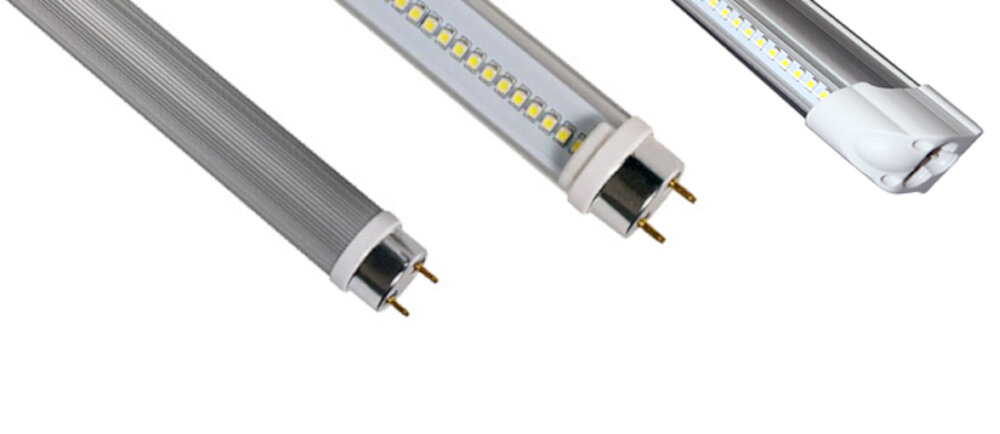
In conclusion, understanding the meaning of LED light colors is essential in today’s modern world where lighting plays a significant role in our daily lives. Whether it’s for safety, ambiance or aesthetic purposes, being able to decode the different colors and their meanings is crucial. The ultimate guide provided above serves as a comprehensive tool for anyone looking to gain knowledge on LED light colors, ranging from the basic colors to the more complex ones. By being aware of the different meanings behind LED light colors, we can make informed decisions when it comes to selecting lighting for our homes, workplaces, and public spaces. So, let us embrace the power of LED lighting and make our surroundings more vibrant, safe, and efficient.



